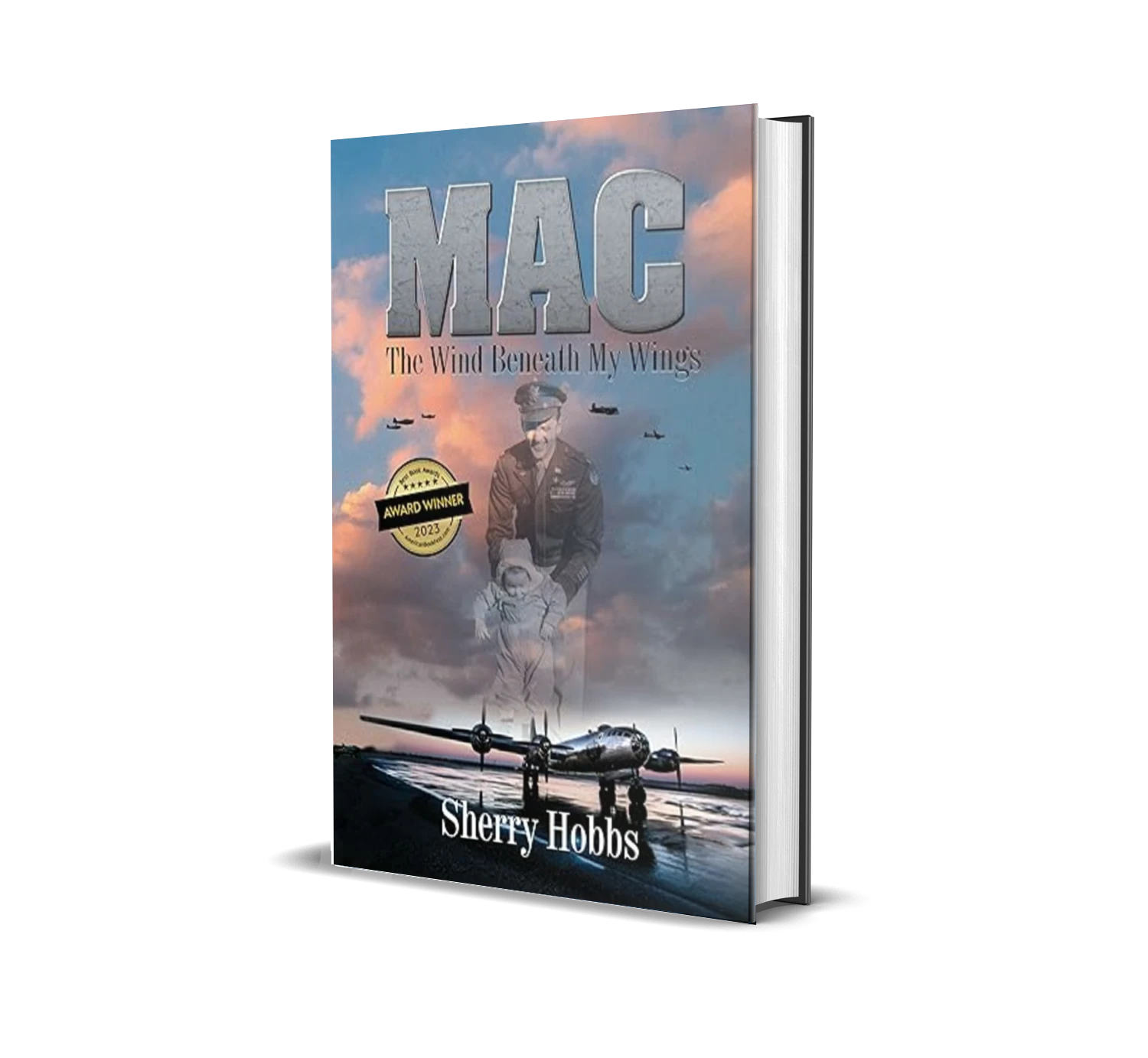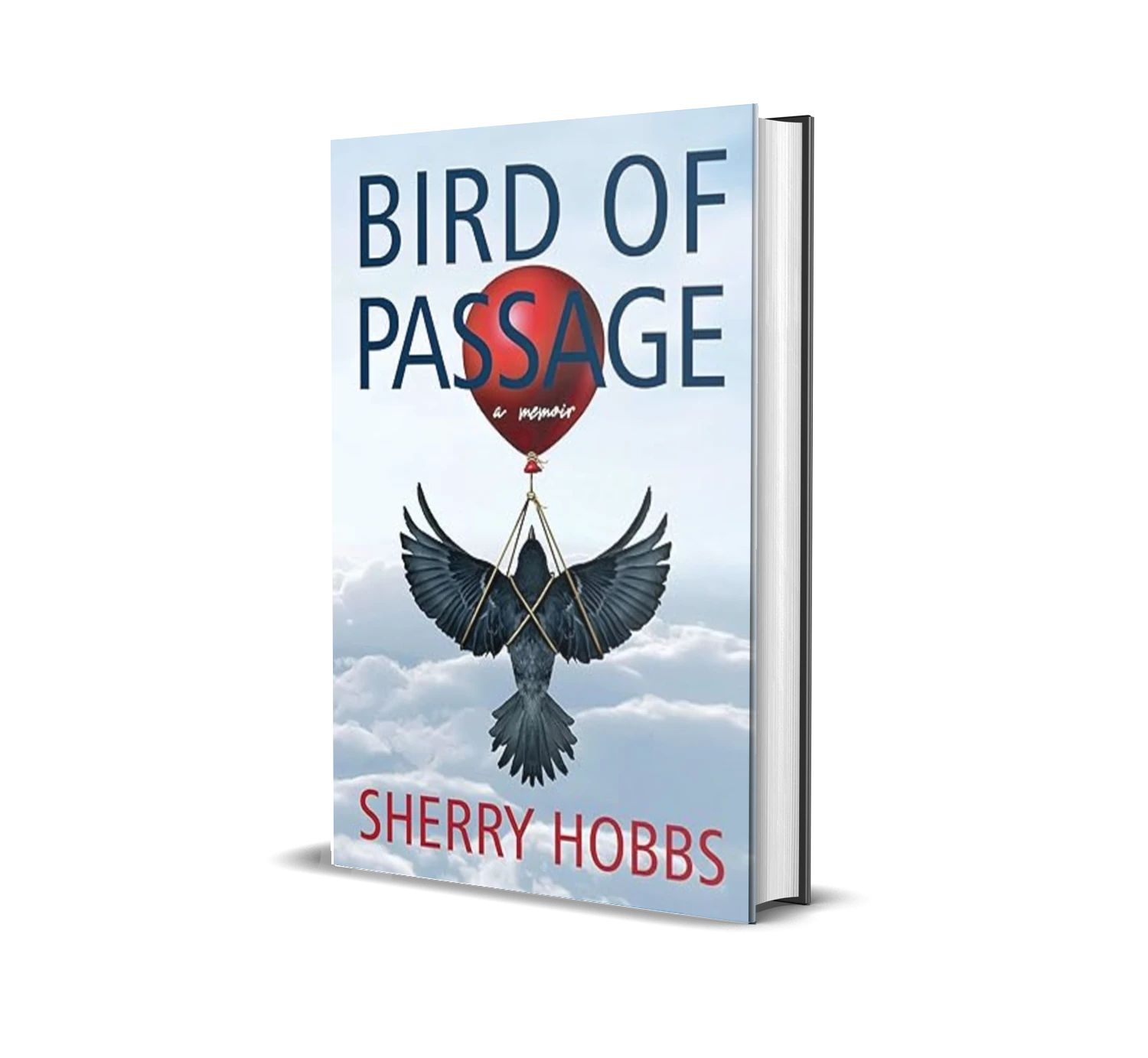"This book is a triumph." -MJV Literary

When Pearl Harbor was bombed on December 7, 1941, forcing the U.S. to enter WWII, MAC was 23 years old.
He had graduated with honors from high school, served two years in the Merchant Marine, and had a year of college under his belt. During the summer he had graduated from DePaul University's preliminary army air course to become a pilot and graduated as their highest-ranking student. Joining the U.S. Army Air Forces, he was assigned to the newly formed 307th BG and trained to fly the brand-new B-24 Liberator. Like Lou Zamperini-of Unbroken-who was also in the 307th, Mac's plane was shot down in the ocean. It was his first combat mission from Guadalcanal. After a three-week odyssey, he and his surviving crew members were rescued, and he went on to fly 51 more combat missions from his base in the Solomon Islands.
In 1943, the following year, he was brought back to the U.S. to be trained on the even newer B-29 Superfortress. This was the plane designed to carry the atomic bombs. He flew 30 missions in 1945 from Guam dropping incendiaries on Japan. The Japanese finally surrendered just as the wheels of the Superfortress touched down on Mac's 30th mission. The war was over.
After the war, MAC served as director of air training for the 20th Air Force during the Korean War, as air attaché to French Indochina, at NATO prior to the Vietnam War, and as director of war plans for TAC during the Vietnam War. This is his story.
"Hobbs’ personal narrative is deftly interwoven with historical events" - Kirkus Review

A bird of passage never rests...
Bird of Passage—a person who passes through or visits a place without staying for long— is an epic life journey that takes Ms. Hobbs around the globe. Bird of Passage recounts her life from a privileged child of a diplomat, to having it upended by her mother’s decision to divorce their father and marry a Frenchman whom she met in Saigon. She touches on her views of the Vietnam War from the prospective of a person who lived in Saigon before the war; the Civil Rights struggle she became immersed in when she returned to the United States in 1958; and later recounts her personal struggles raising a son with mental illness. She describes her life’s journey which includes the internal and external factors that helped her become the strong, successful woman she grew to be, with wisdom, humor and remarkable insight.
